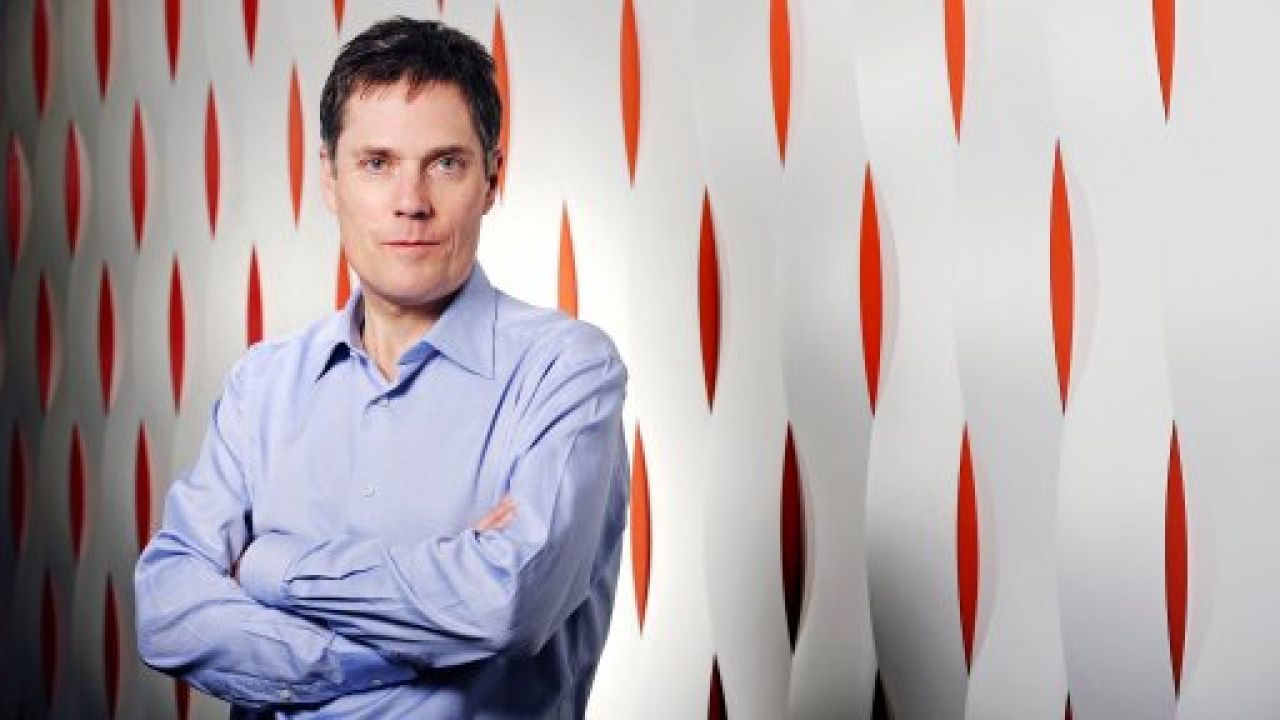Ad Age recently ran a scathing article on the tendency amongst cable channels in the US to copy each other’s successful formats.
This has led to an extreme situation in which there are, apparently, no fewer than 19 shows in the “pawnshop” genre and lots of shows about cupcakes and hoarders (even Confessions: Animal Hoarding on Animal Planet). Before we adopt a superior European stance, Ad Age lists some of the other most-copied formats, including weddings, real estate and dangerous jobs. Sound familiar?
According to Ad Age: “The copies rarely exceed the original and they just wear out the format faster. What’s worse, the networks’ own brands start to blur together in a world of sameness”.
The lesson? Well, the knee-jerk reaction would be to call for more originality in programme commissioning, but that would be to underestimate the intense commercial pressures facing channel controllers and their teams. In most cases, all but the biggest and best-funded channels do not have the luxury of repeated experimentation and risk-taking in the hope of unearthing the next big popular genre or format.
The real lesson is about effective marketing. As we have blogged about previously, one of the most potent commercial weapons a broadcaster can have is a clearly-targeted, distinctively positioned, well-marketed channel brand
The message is not that derivative formats and genres should be avoided altogether. That’s not realistic or practical. If well executed, they can attract valuable and enduring audiences. However, it is critically important for a linear channel brand to have a razor-sharp identity and editorial voice. At Red Bee we talk about “flag” channels: those that stand out in a crowded programme guide and clearly signal their point of view rather than receding into a “blur of sameness”.
It’s hard to see how nineteen channels, all marketing-led to their souls, could each find a relevant and unique take on pawnshops. However, a tightly-defined “flag” identity, based on deep audience insight and carried through to all aspects of a channel’s commissioning and marketing, is capable of taking a familiar format and giving it a distinctive appeal. This will continue to be a key to success for channels competing in a crowded market for a bigger share of linear, scheduled viewing (which, despite the rapid growth of VOD platforms and devices, is set to remain the dominant form of viewing for many years to come).
Andy Bryant, Director, Creative

